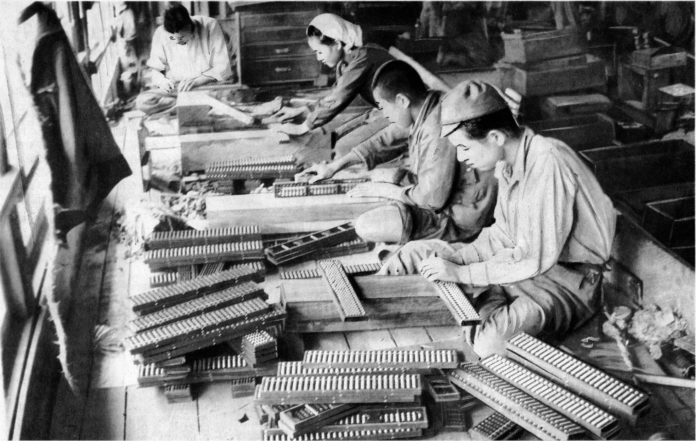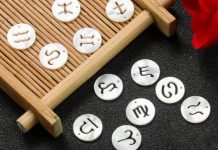
They stare at the page. It’s been 30 minutes and they haven’t made any progress on their homework. Next thing you know, they’re on the computer or their phones. You feel your skin prickle as anger arises from your belly. This is your everyday with homework time. “Why?” you ask yourself in the mirror. Blowing up is one option, but you’ve had your fair share of stress for the day. Besides, you’ve acknowledged that their teacher is probably choosing quota over engagement. You choose to save the perils of the US education system as fodder for another day. Today, you open your mind to an alternative. I am writing to show you how Japanese kids learn math. Maybe, it’ll help your kids in the future.
Your kids stand to learn much from the Japanese about math.
First, let’s get into the mindset. From an early age, young kids in Japan attend school for far more hours than those in western schools. In these long hours, the teachers engage the students in many different games. One tool is central to these games, and that is the soroban. It can be seen in the intimate classrooms of after-school studies, or juku. The soroban is the Japanese version of the abacus. Known as the original calculator or first computer, it originated in China millennia ago. Countries like China, Japan and Russia still use it in their schools today.
Using the soroban is quite simple. In the Japanese version, there are two sections of beads. The top section has a single bead for each column that is worth 5 units. In the bottom section each column holds four single beads worth 1 unit each. By sliding these beads toward the center or dividing line you count the units. The abacus is read from left to right. Most importantly, just know that the soroban is a healthier alternative to the scientific calculator. The difference lies in the engagement.
Moving beads up and down involves more of the senses and contains none of the drag of writing out scribbles on paper. The most advanced soroban users can even perform high-level calculations in their head. This is called anzan soroban or mental abacus. Essentially, they mold the soroban in their mind and use it at high speeds. Flash Anzan soroban competitions push participants to their limits. One number per second is flashed before their eyes and they must calculate high numbers at the end of the cycle. But, you don’t care.
What you care about is how your kids can do better in math. Well, Japanese kids continue to perform well in math due to these factors. A friendly dose of competition, time, and a game-like structure all contribute to overall engagement. On the other hand, the US fell far below the OECD average in math in 2015, coming in 30th place internationally. To put this in perspective, Japan came in 5th. So, how do you help your kids lean into math without trying to restructure their entire lives? You don’t have to run out and buy a soroban. The simple answer is to inject fun. Of course, virtual games are an option, but you might lose the focus of your child to the depths of the Internet. (It goes deep)
Guidance is definitely recommended. Outside of school, you can hire a tutor or an online tutor. My recommendation is Math Wiz Tutors. Their easy search tool allows you to search for a tutor based on location. Go here to try it out –> https://www.mathwiztutors.com/tutors/find/
Most of all, it is important to speak with your children about their attitudes toward math. Maybe they have an aversion that’s been implanted by their past teachers. By taking responsibility, you don’t leave your kids to the mercy of state-wide standardized tests. You want your child to approach math as a fun problem. A problem that they can solve.
So to encourage them, package math as a game. By experimenting with your kids and the tutor, you can pinpoint what is bogging yours kids down. Adult accountability wrapped inside a game will help your kids change their approach to math. Soon, they could be enjoying learning for its own sake. (gasp!)
We talked about how the Japanese approach math. By adopting a game-like mindset, you can handle homework time with more finesse. Little Mia won’t have to search through her deposit box of poorly crafted lies and excuses. Although you may not be the person to teach them, Math Wiz Tutors is a viable option for after-school study. If the school system won’t take responsibility on your behalf, then you must do it yourself.










